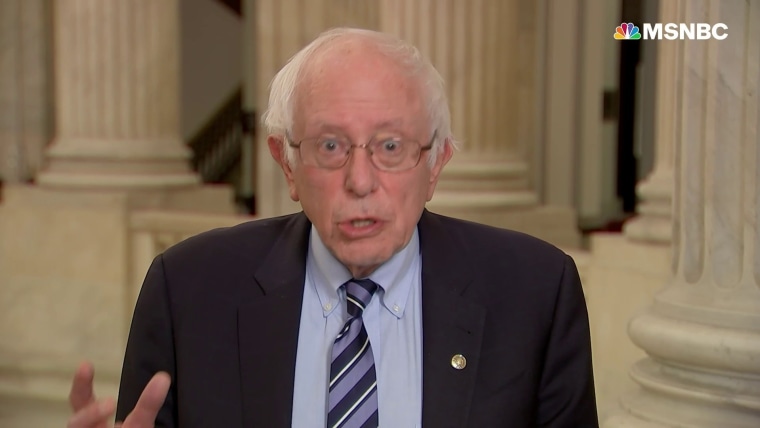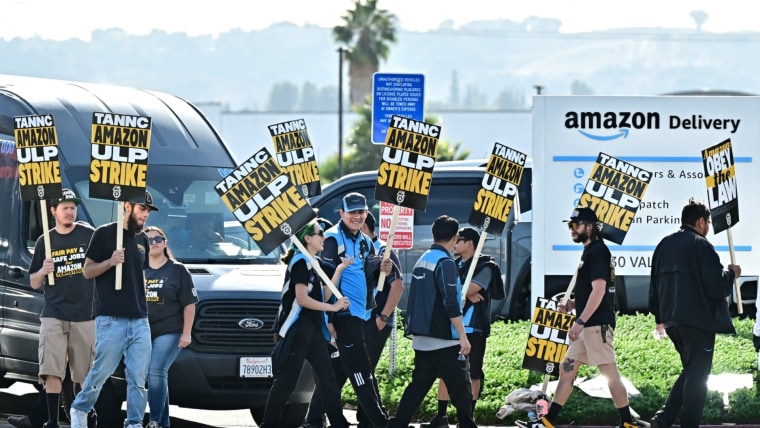It just got harder to find a bathroom in the United States.
Earlier this week, Starbucks announced the company would limit the use of its premises to paying customers only, with the stated goal of improving their stores’ atmospheres. “By setting clear expectations for behavior and uses of our spaces, we can create a better environment for everyone,” a company spokesperson told USA Today.
But that better atmosphere for Starbucks customers will come with a downside for all of us. If you need to use a bathroom when out and about — and all of us do at some point — life just got harder. As a result of the United States’ paucity of public bathrooms, Starbucks facilities had become de facto facilities for all. The story of its bathrooms demonstrates how we fail to invest in our civic infrastructure and instead privatize what are greater social issues and dilemmas -- all of us, after all, need to use the bathroom — and the limits of that policy.
According to a study released in 2021, the United States has eight public toilets per 100,000 people.
Starbucks began its open-door policy in 2018 after a Black man who was meeting a business associate for coffee at a Starbucks was denied use of the location’s restroom. An argument between the staff and the men broke out, police were called, and a national scandal ensued. In an effort to quell the furor, the company declared all were welcome.
According to a study released in 2021, the United States has eight public toilets per 100,000 people. To put that number in context, Iceland has 56 and Switzerland 46. But even that nationwide ratio would be welcomed in our nation’s most populous cities. New York City and Los Angeles have four and five public toilets per every 100,000 residents, respectively. (Philadelphia, where that 2018 incident occurred, also has 4.)
“We expect our taxes to pay for street signs and streetlights and benches,” says Lezlie Lowe, author of No Place to Go: How Public Toilets Fail Our Private Needs. “But we’ve become used to going into a coffee shop and buying a muffin we don’t want to buy in order to access the bathroom.”

Until the 1970s, pay toilets in both public and private settings in the United States was more common. It was understood that the nickel or dime fee would pay for keeping the facilities hygienic. But activists were aghast at the inequity. Women were more often charged for stall use, while men could frequently use urinals free of charge. It was also a burden on the poor. Eventually, California banned their use (the legislation signed by then-Gov. Ronald Reagan), and the pay toilet fell into disfavor.
It was assumed states and cities would step in and build public facilities. But that never happened, at least in most places. It’s not dissimilar to what happened around the same time when the state residential mental health hospitals were shut down and were supposed to be replaced by community facilities that were never funded in adequate numbers.
The people needing to use the facilities aren’t just people out on a shopping trip. They are Uber drivers, Amazon drivers and those delivering food for apps.
Legislation is regularly introduced in the states and cities to address our public toilet needs, but it frequently languishes. True, there are popular TikToks and Reddit threads devoted to the topic, but who has time for that when in a hurry? Instead, people in need rush into businesses they believe might let them use their restrooms. These can be anything from restaurants to malls to grocery stores. The entire exercise is inherently humiliating. No one wants to beg a store clerk for permission to go to the bathroom, especially if they say no.
This puts a burden on embarrassed and in extremis individuals, who are frequently left to guess whether the nearby fast-food joint will easily let them into their bathroom or insist they purchase a side of fries or a latte first. And the system is inherently inequitable. It is easier, to use a very personal example, for a middle-aged woman dressed in work clothes to gain access to a midtown Manhattan lobby hotel bathroom (and to possess the cultural knowledge to know it is there and open to the public) than it is for a homeless man, for whom it is all but impossible. And as that Philadelphia incident showed, race matters here, as well.
And the people needing to use the facilities aren’t just people out on a shopping trip. They are Uber drivers, Amazon drivers and those delivering food for apps. They are left to resort to carrying “pee bottles” in their vehicles or begging their customers for a favor.

Toilet access is vital for a full public life. That’s why Starbucks’ open-door policy answered a pressing need. It was, as Laura Norén, co-editor of Toilet: Public Restrooms and the Politics of Sharing, told me, “the [highway] rest stop for urban warriors.” The company’s stores are widely viewed as a so-called “third space,” a place outside of home or work where people can gather and socialize. But Starbucks was always, in reality, a private business where access can be yanked at any time. And that’s exactly what happened.
The best outcome here would be if Starbucks’ decision led more cities and states to commit to building more public bathrooms. It can happen. Portland, Oregon — which manufactures and promotes the Portland Loo, a stand-alone, self-cleaning bathroom — has 17 public toilets per 100,000 residents. More cities and states should follow its lead. The worst outcome would be to flush this opportunity for change down the toilet.
